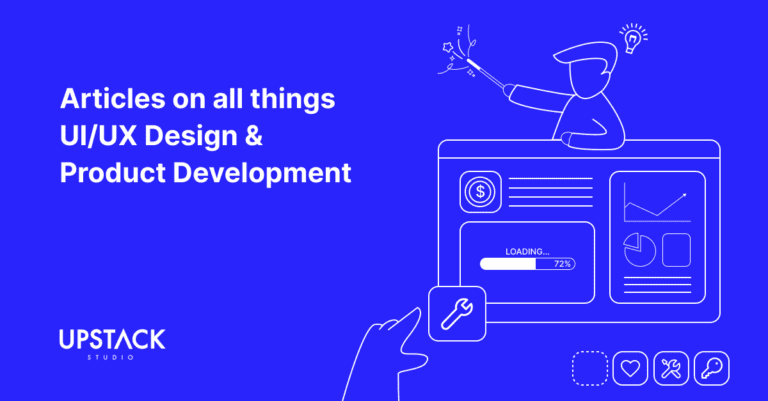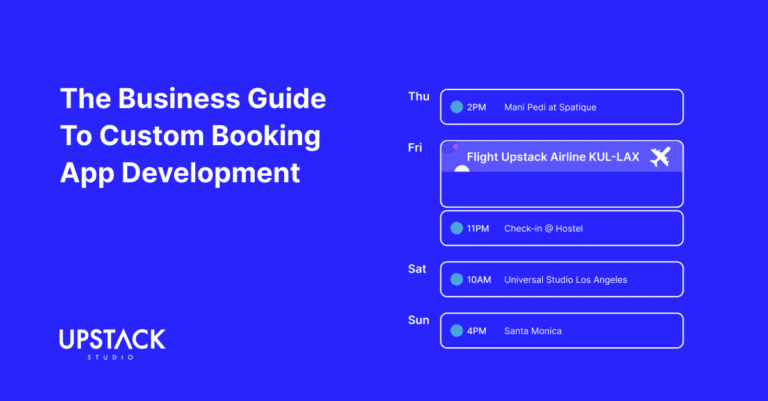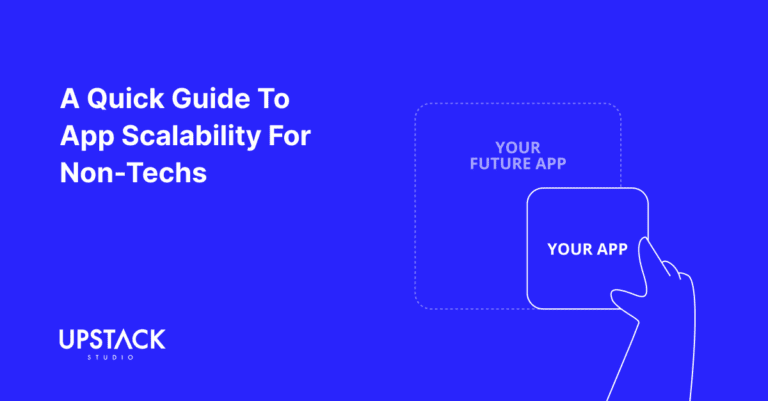What Is Gamification?
According to ScienceDirect, gamification is the use of game-like elements to boost user engagement, motivation, and retention in apps or services.

The fun interactive features encourage users to stay engaged and keep using the platform.
At its core, gamification is powered by eight universal drives that influence human behavior, as outlined by Gamify.com:
- Meaning: The desire to feel that our actions have purpose.
- Accomplishment: The drive to achieve and overcome challenges.
- Empowerment: The desire to choose one’s own direction and try different solutions to a problem.
- Ownership: The drive to own and possess things.
- Social Influence: The desire to interact with, help, learn from, and compete with others.
- Scarcity: The drive of wanting things that are rare or inaccessible.
- Unpredictability: The curiosity to know what will happen next.
- Avoidance: The drive to avoid pain or negative consequences.
For this reason, gamification is widely used in apps, and in fact you will find it across all types of app categories, as we’ll see in the examples below.
How App Gamification Enhances User Experience
Gamification taps into intrinsic and extrinsic motivators.

Here’s how:
Psychological effects of gamification:
- Boosts dopamine levels: Achieving milestones or rewards triggers a sense of pleasure.
- Encourages goal setting: Progress bars and challenges inspire users to take action.
- Builds habits: Repeated actions encouraged by rewards create long-term engagement.
- Fosters competition and community: Leaderboards or multiplayer features drive social interaction and peer motivation.
8 Examples of Gamification in Apps
Looking for inspiration? Here are some gamified apps that stand out:
Codecademy Go – Skill Mastery and Badges

Codecademy Go uses badges for skill milestones and a progress dashboard to track users’ journey through coding exercises, making learning more interactive and rewarding.
Khan Academy – Skill Tree and Badges

Khan Academy’s Knowledge Map displayed lessons as stars in a starry sky, with colors indicating proficiency: yellow with blue for mastered lessons, green for recommended, orange for review, and others for not recommended. It also showed how skills were connected and included a search feature.
Todoist – Task Completion and Karma Points

Todoist rewards users with karma points for completing tasks and unlocking new levels. The app encourages social engagement by allowing users to share scores on social media.
Habitica – RPG Mechanics and Rewards

Habitica turns tasks into quests using RPG mechanics. Users earn XP, HP, and gold for completing tasks, and can compete in challenges with others for added motivation.
Forest – Focus Mode and Tree Growth
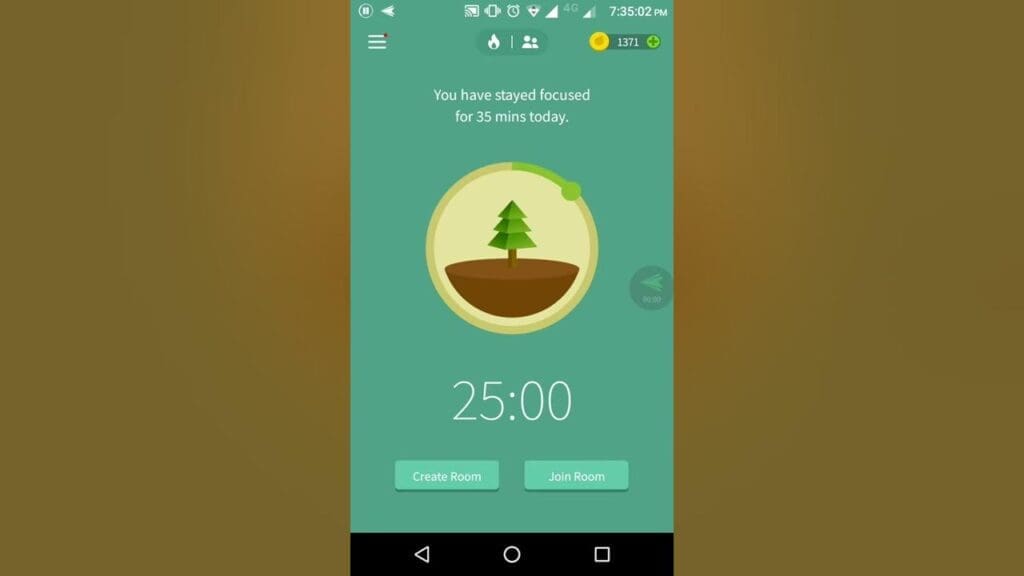
Forest encourages focus by planting a tree that grows as users work. Interruptions cause the tree to wither, creating a competitive environment for staying productive and completing tasks.
Waterllama – Challenges, Avatars, and Progress Tracker
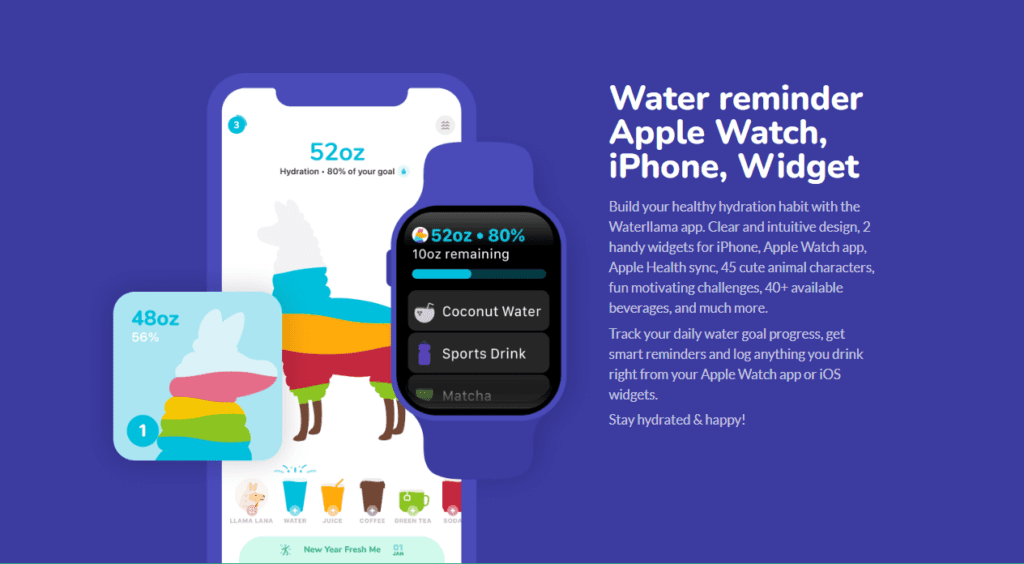
Waterllama helps users track water intake through engaging challenges, motivational avatars, and a streak system, motivating users to develop healthy hydration habits while earning new characters.
Monefy – Expense Tracking and Regular Monitoring
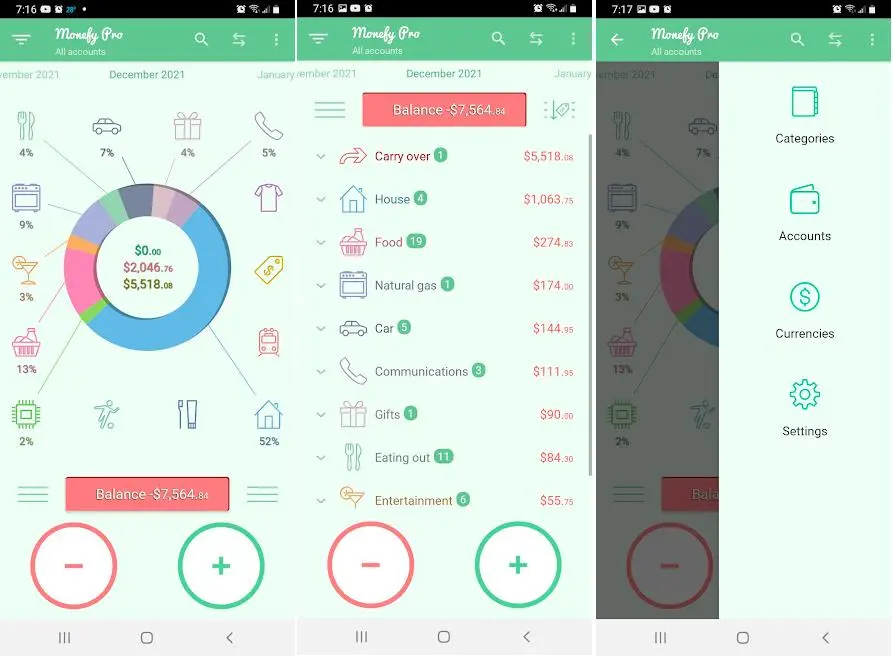
Monefy encourages users to track daily expenses and visualize spending patterns, making money management easier and more gamified.
MySugr – Diabetes Management as a Game

MySugr turns managing diabetes into a game by using a monster theme. Users track their sugar levels and earn rewards for keeping their diabetes in check.
Key Features of Successful App Gamification
Creating a gamified app involves integrating engaging features that resonate with users. Below are some essential game mechanics in UI/UX design that make gamification effective.
Also, because we’re chronic Reddit lurkers, we’ll just be using examples from Reddit for each!
Points

Points reward users for completing specific actions. They can represent progress or serve as a virtual currency for unlocking content or purchasing items.
- Achievement points: Accumulate as users hit milestones or complete tasks, serving as a motivator.
- Dynamic points: Fluctuate based on actions, adding variety and excitement (e.g., in-app currencies).
Levels

Levels allow users to progress through stages with increasing challenges.
- They break large goals into manageable milestones.
- Levels inspire users to stay engaged by providing a sense of achievement.
Badges
Badges represent accomplishments and are often displayed on user profiles.
- They fulfill the need for recognition and drive participation.
- Collecting badges adds a layer of pride and personalization.
Leaderboards

Leaderboards rank users based on performance, fostering competition.
- They encourage users to compare their progress with peers.
- Competition inspires users to improve and strive for higher rankings.
Reward Systems

Reward systems allow users to exchange accumulated points for tangible or virtual prizes.
- Regular rewards create a loop of motivation, encouraging repeat usage.
- Meaningful incentives sustain engagement and loyalty.
Additional mechanics
- Progress bars: Visually represent a user’s advancement toward a goal.
- Quests and challenges: Introduce specific tasks or missions for rewards, adding an adventurous element.
By incorporating these features, apps can turn mundane tasks into engaging experiences, encouraging users to stay motivated and continue using the app.
How to Implement Gamification in Apps
Implementing gamification in your app involves incorporating key elements that make the experience engaging, rewarding, and fun.
Here are the steps to help you get started:
1. Goals
Define clear, big-picture objectives for users. For example, you can set milestones or achievements that users can work towards, such as completing tasks, reaching a certain level, or earning a specific number of points.
2. Rules
Establish simple and intuitive rules that users can easily follow. For instance, in a fitness app, users could earn points for completing daily exercise challenges, with the rules being as simple as “complete a 30-minute workout to earn 10 points.”
3. Feedback
Provide users with real-time feedback to show their progress. You can implement features like progress bars, level-up animations, or congratulatory messages after completing a task. In a language-learning app, for example, showing users their progress with a visual indicator (like “you’ve completed 80% of your lessons”) keeps them engaged and motivated.
4. Rewards
Incorporate rewards such as badges, points, or leaderboards to incentivize users for their efforts. A shopping app could allow users to earn loyalty points for every purchase, which they can later redeem for discounts or free items.
5. Motivation
Design your app to appeal to both intrinsic and extrinsic motivations.
For intrinsic motivation, create achievements or challenges that tap into users’ curiosity or sense of pride. For extrinsic motivation, offer tangible rewards like gift cards or discounts for hitting specific targets.
6. Freedom of Choice
Allow users the flexibility to choose how they engage with your app. For example, in a productivity app, let users select which tasks or projects they want to complete first, giving them a sense of control over their experience.
7. Freedom to Fail
Encourage users to take risks and keep trying without fear of punishment. For example, in a quiz or gaming app, users could be allowed to try again after failing a level without losing progress. This approach ensures users stay motivated, even if they don’t succeed on their first try.
Conclusion
Gamification isn’t a trend—it’s a valid tool to enhance user engagement and retention in apps.
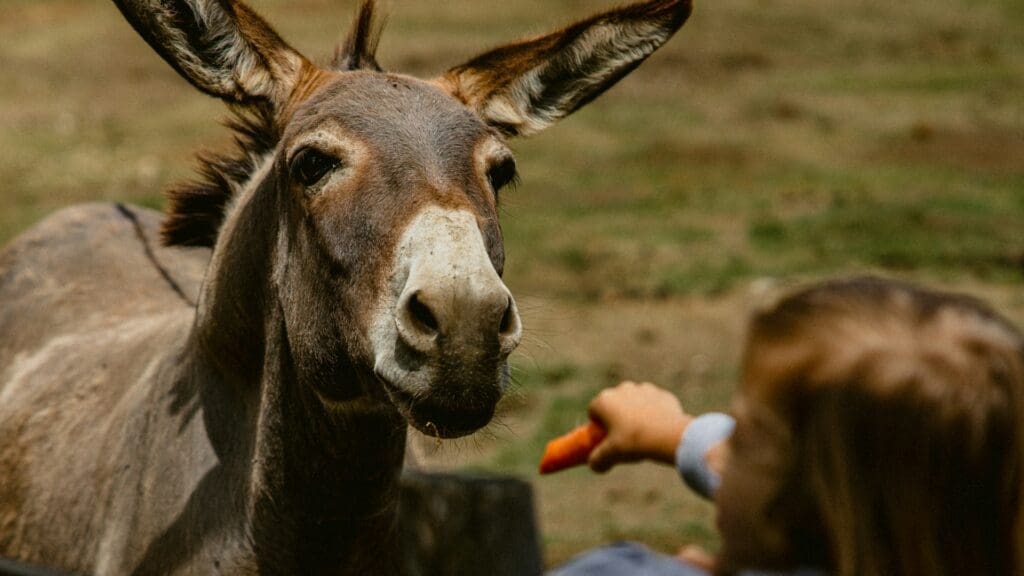
By understanding the psychological principles behind gamification and leveraging the 8 universal core drivers, you can design an app that motivates users to take action.
Start your gamification development today!
If you’re looking to build a mobile application, check out our portfolio of past projects and contact us if you like what you see. Also, consider joining our mailing list for a one-stop resource on everything from micro-SaaS validation all the way to execution and promotion. Get a nifty list of questions to ask app developers when you sign up!
App Developer Interview Questions Template
Download this template now so you know exactly what to ask App Development Agencies! Let us know where should we send it through the form below.

